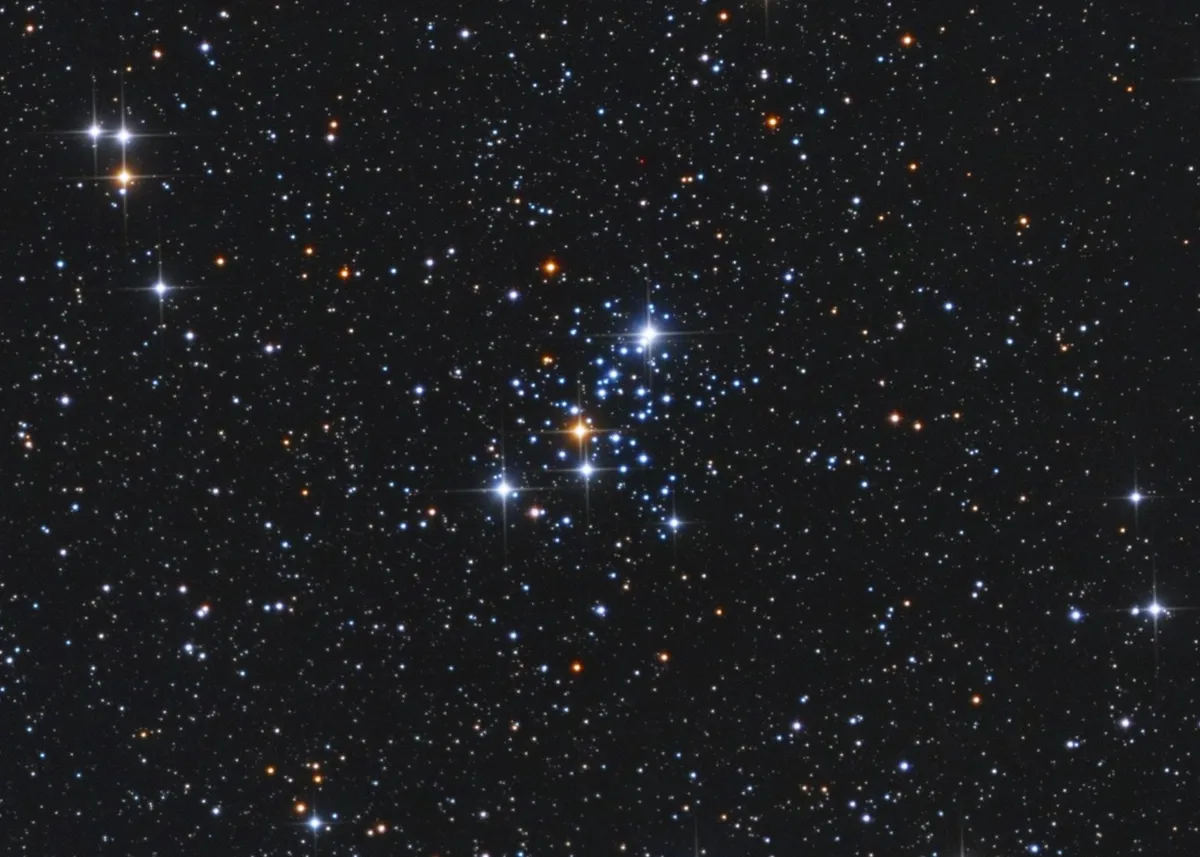Since we can't actually travel to a star and put a spacecraft in orbit around it, how could it be possible to know what stars look like up close?
Luckily, astronomers have a great example of a star right in our own backyeard.
The best example that we have to show us what a star looks like up close is our own Sun.
From space, where the Earth’s atmosphere doesn’t affect the view, the Sun appears as an extremely bright, slightly yellow, disk.

This can be seen in many images taken in Earth orbit, or from the Moon, for example.
This is just how other normal stars would look up close. They would look like our Sun.
Stars emit light over a whole range of wavelengths (or colours).
The wavelength where the amount of light peaks, which depends on the star’s temperature, determines its apparent colour.
So, stars cooler than the Sun will appear redder, while those hotter will appear white or even blue.

Features on the Sun’s surface or in its atmosphere (e.g. sunspots, prominences etc.) are completely swamped by the Sun’s brightness, so the unaided eye doesn’t see these.
But the dimmer the star, the more detail you would be able to discern because the contrast between these features and the overall brightness of the star is smaller.
So, for dim, red stars you may be able to see ‘starspots’ on its surface, or prominences in its atmosphere (just like those visible during total solar eclipses).

We can never really be sure what a particular object looks like up close, without actually going there.
However, modern ‘space artists’ often work closely with astronomers to create realistic images of what the human eye would see.
So, most ‘artist impressions’ accompanying scientific press releases will give you a pretty good idea of how an object looks.
